This week marks the 43rd anniversary of the grand reopening of Boston’s historic Faneuil Hall Marketplace. As a young architect, Patrick had the privilege of being part of the lead design team at Benjamin Thompson Associates who helped transform and revitalize the building from a disused shell into a festival urban marketplace that today attracts over 18 million yearly visitors. As described in our book, Timeless, the lessons learned while working on Faneuil Hall had an influential and lasting impact on Patrick’s overall design philosophy throughout his career.
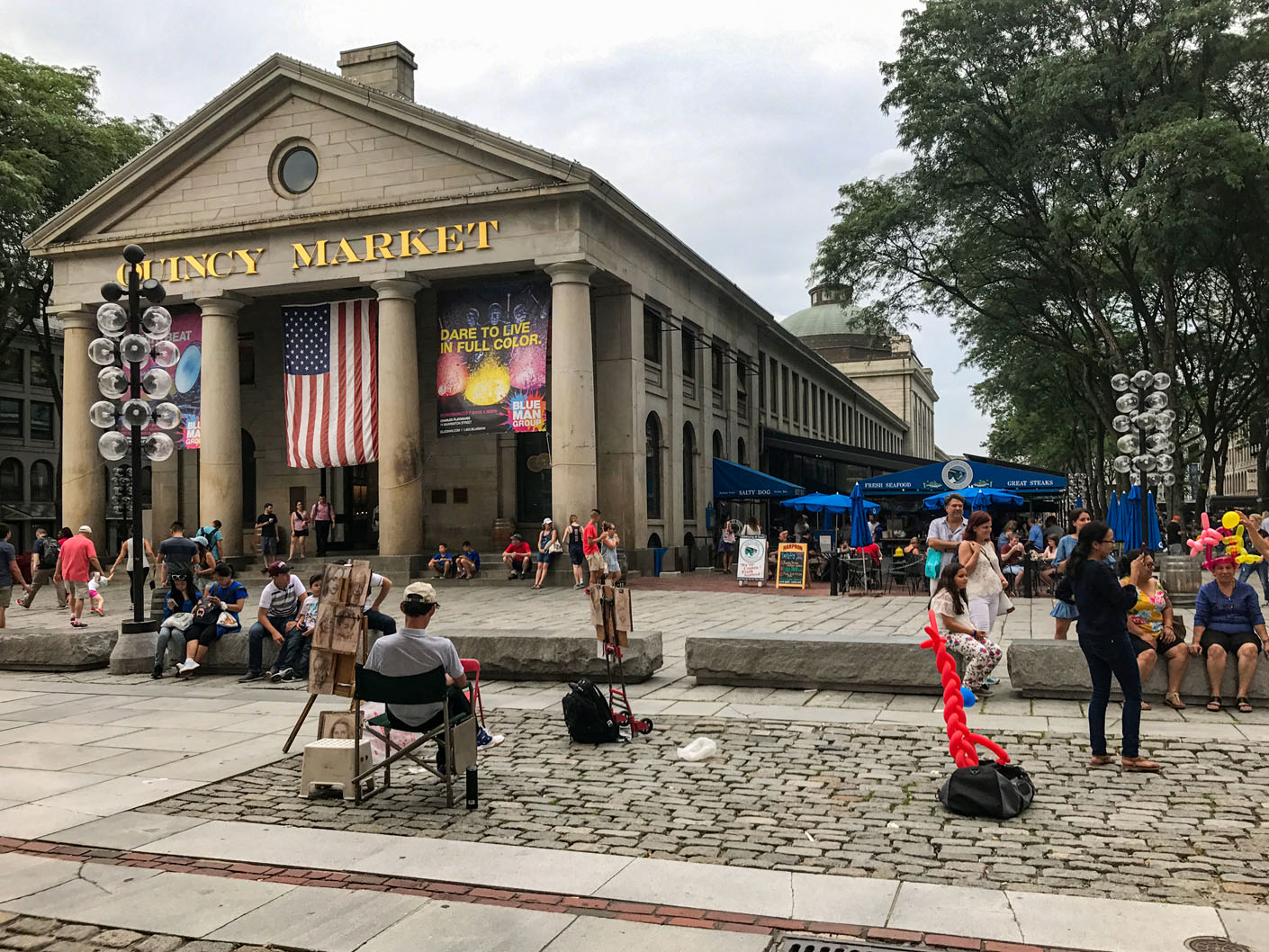
Originally built in 1742, Faneuil Hall was gifted to the city by Boston’s wealthiest merchant, Peter Faneuil, who felt the city was in need of a public meetinghouse. The building provided a platform for public speech, including several by Samuel Adams and James Otis who supported America’s independence from Great Britain. Further enhancing its historical significance, it was the site where American colonists established the doctrine “no taxation without representation.”
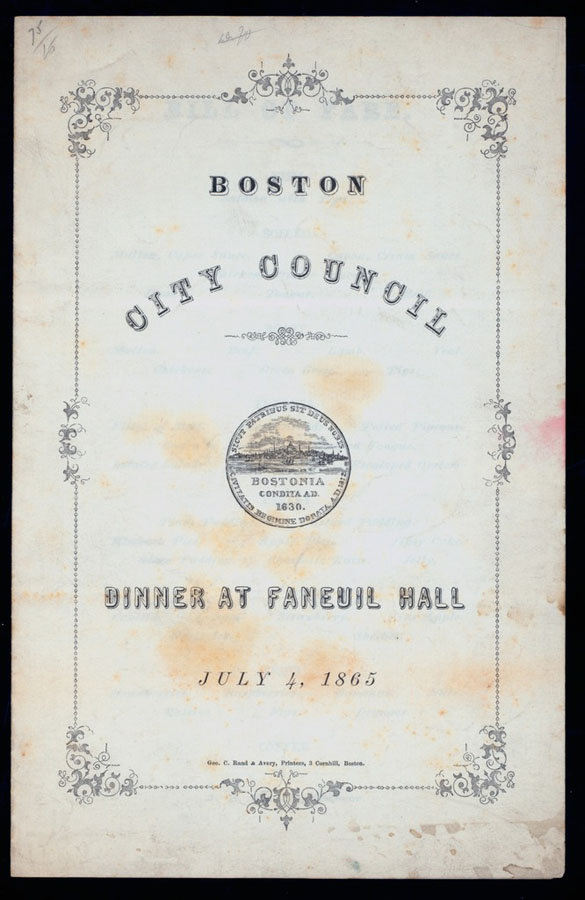
While Faneuil Hall served as a robust, public meetinghouse, it was also home to meat and produce salesmen, along with fishermen and other merchants. In 1826, the area was expanded to include Quincy Market to accommodate increased public demand.
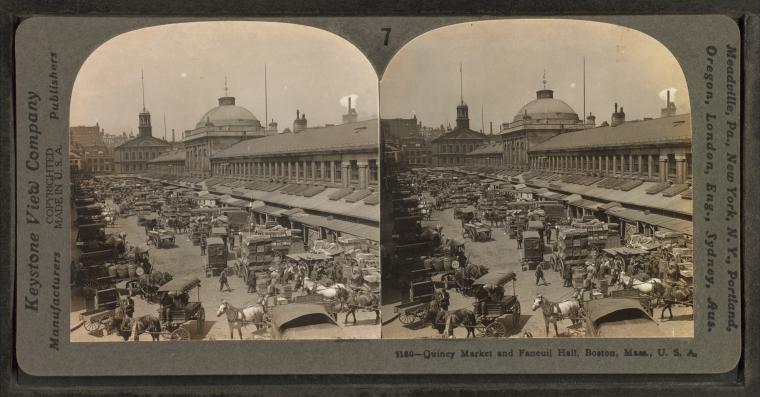
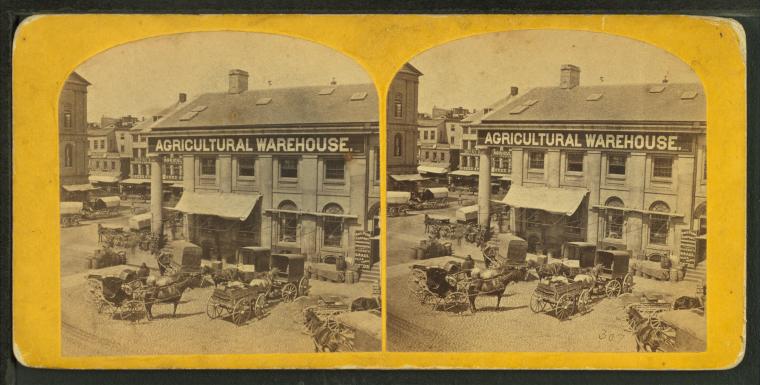
The building continued as a vital and vibrant destination throughout the 1800s but fell into marked disrepair in the mid-1900s. Somewhat abandoned, the once-thriving space was set to be demolished until in the early 1970s a passionate group of Bostonians united with a plan to preserve and restore the marketplace.
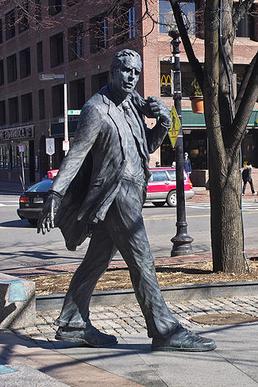
Through the vision of the Rouse Company (the designated developer), Boston Mayor Kevin White (who secured bank financing), and architectural firm Benjamin Thompson, the centuries-old building would not just be saved, it would be reinvented.
This was a pioneering moment in terms of urban revitalization. While working on Benjamin Thompson’s lead design team, Patrick created a project “script” which weaved together a story of past and present. Long before computer drawings, he hand drew the animated streetscapes and cobblestone walkways, then blew them up to present to developers and city stakeholders as large wallpaper “experiences.” The design team created multimedia slide shows with aspirational images of kids on bikes, food stalls and flower vendors to demonstrate how the space could be an active urban marketplace with yearlong cultural, retail and culinary experiences. Their firm won the project and ultimately helped change the face of downtown Boston.
The lessons of that design experience are vast and continue to influence Patrick’s approach to work today. He learned that creating a script for a project proved one of the most important and effective ways to remake a building. Today, whether preserving a historic home or re-imagining a classically inspired new build, developing a meaningful narrative concept remains an essential step in his design process.
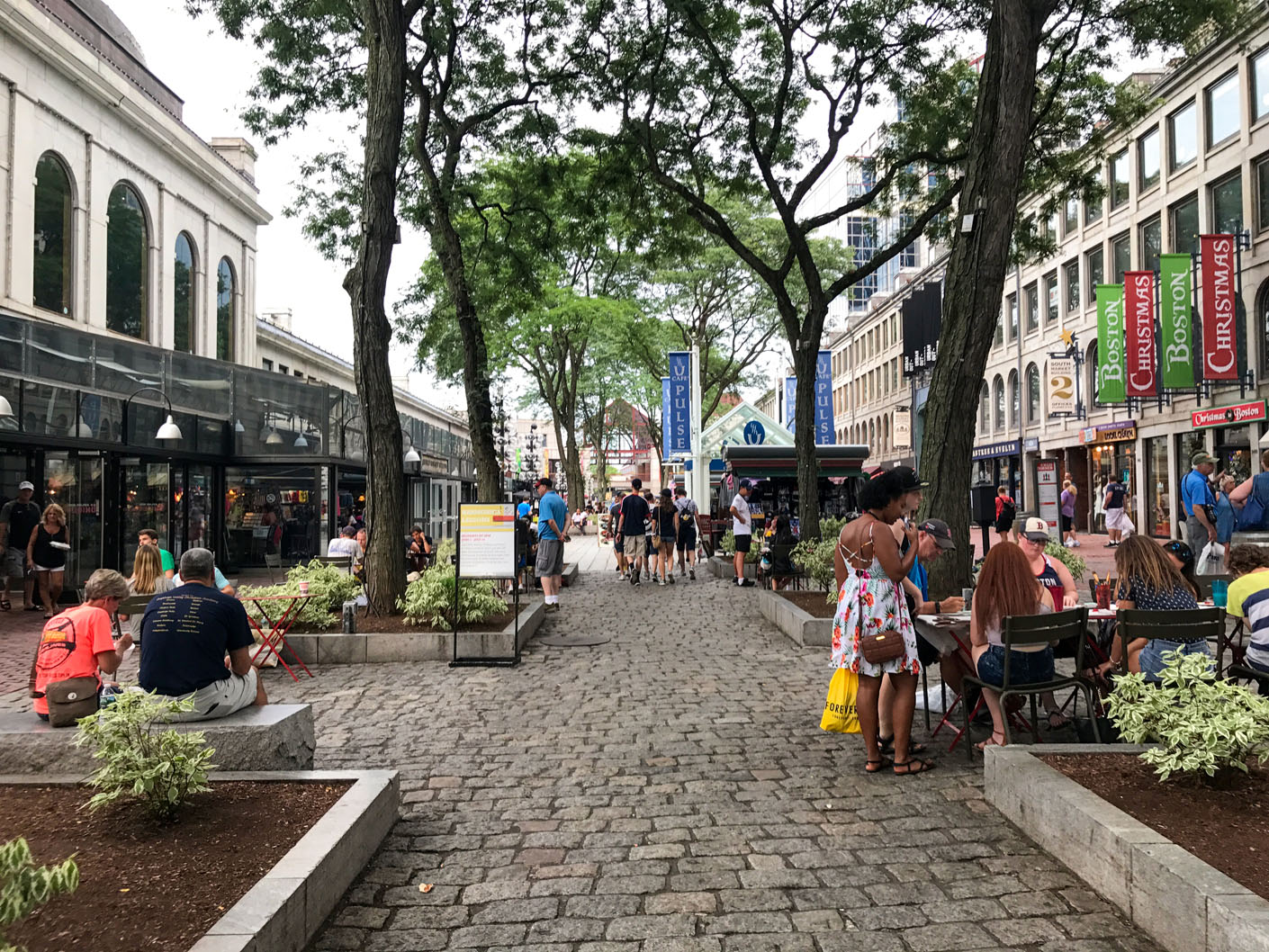
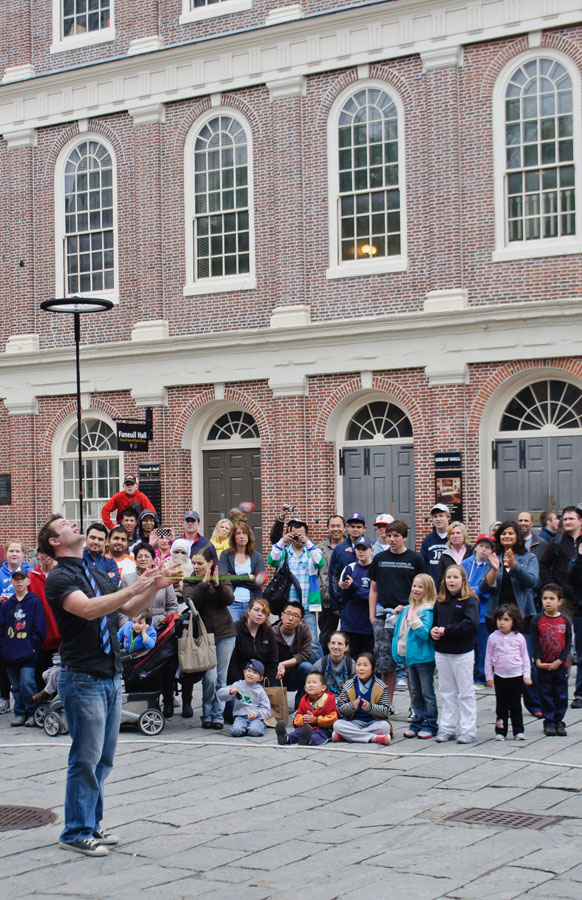
Another lasting lesson is recognizing and appreciating that the spaces between and around buildings are as important as the buildings themselves. In the case of Faneuil Hall, the buildings became the backdrop to animated cobblestone streetscapes and the garage-style doors on the sides of the building – raised in the warmer months – helped create a seamless transition from indoors to outdoors. This influenced the value he continues to place on creating easy alfresco living options for homeowners today.
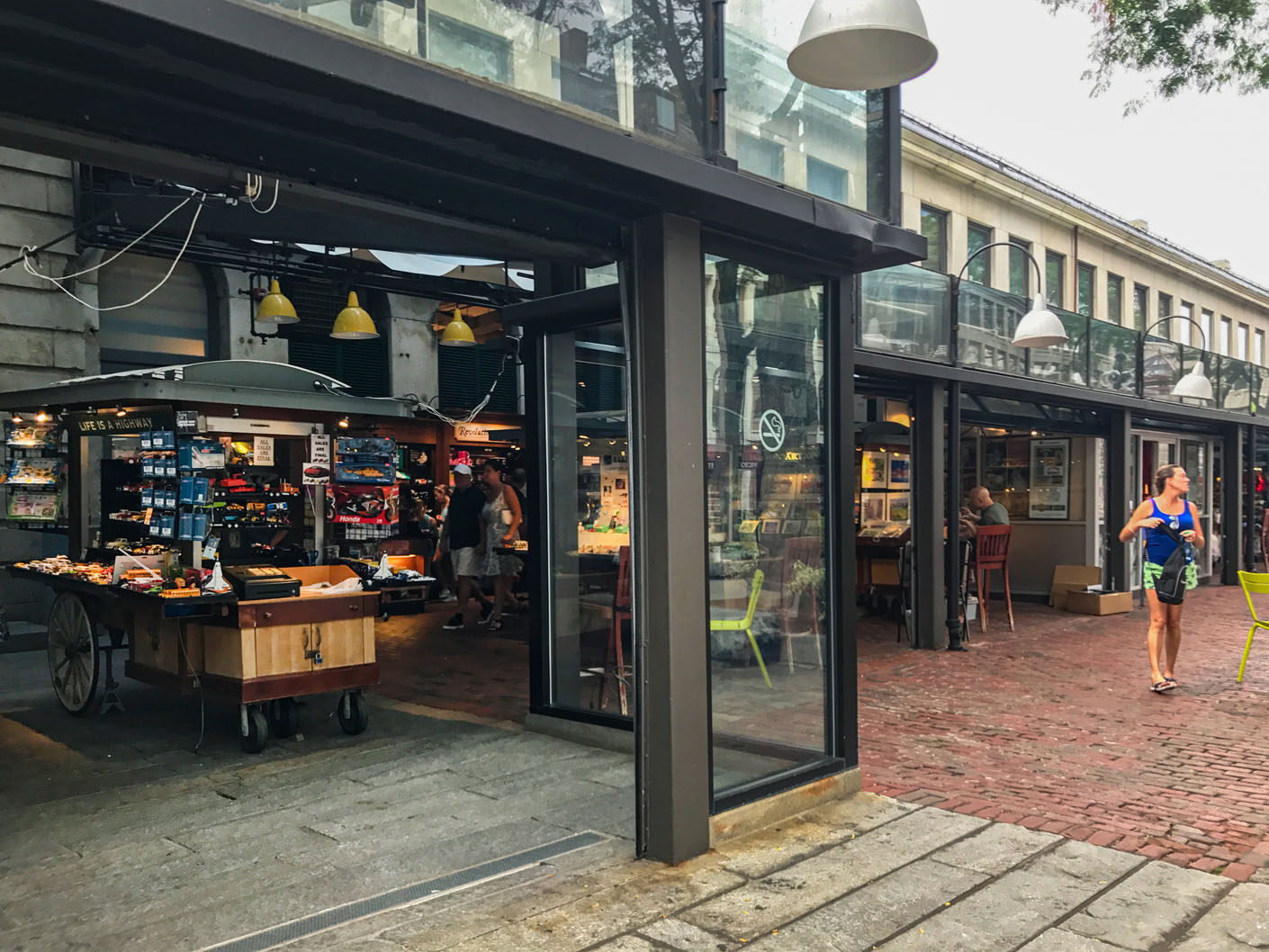
Patrick’s work on Faneuil Hall significantly influenced his overall modern approach to space and building design. Creating a “spine” within a building offers both organizational structure and design fluidity. Designing interiors off of a central axis helps create an open and usable flow by connecting the rooms of a house from front to back or side to side. Not to be confused with hallways, these spines are “more like galleries, filled with life and art and meant to be enjoyed.” They are designed to pull you through the house with interesting views that entice exploration and – like Faneuil Hall – deliver an experience.
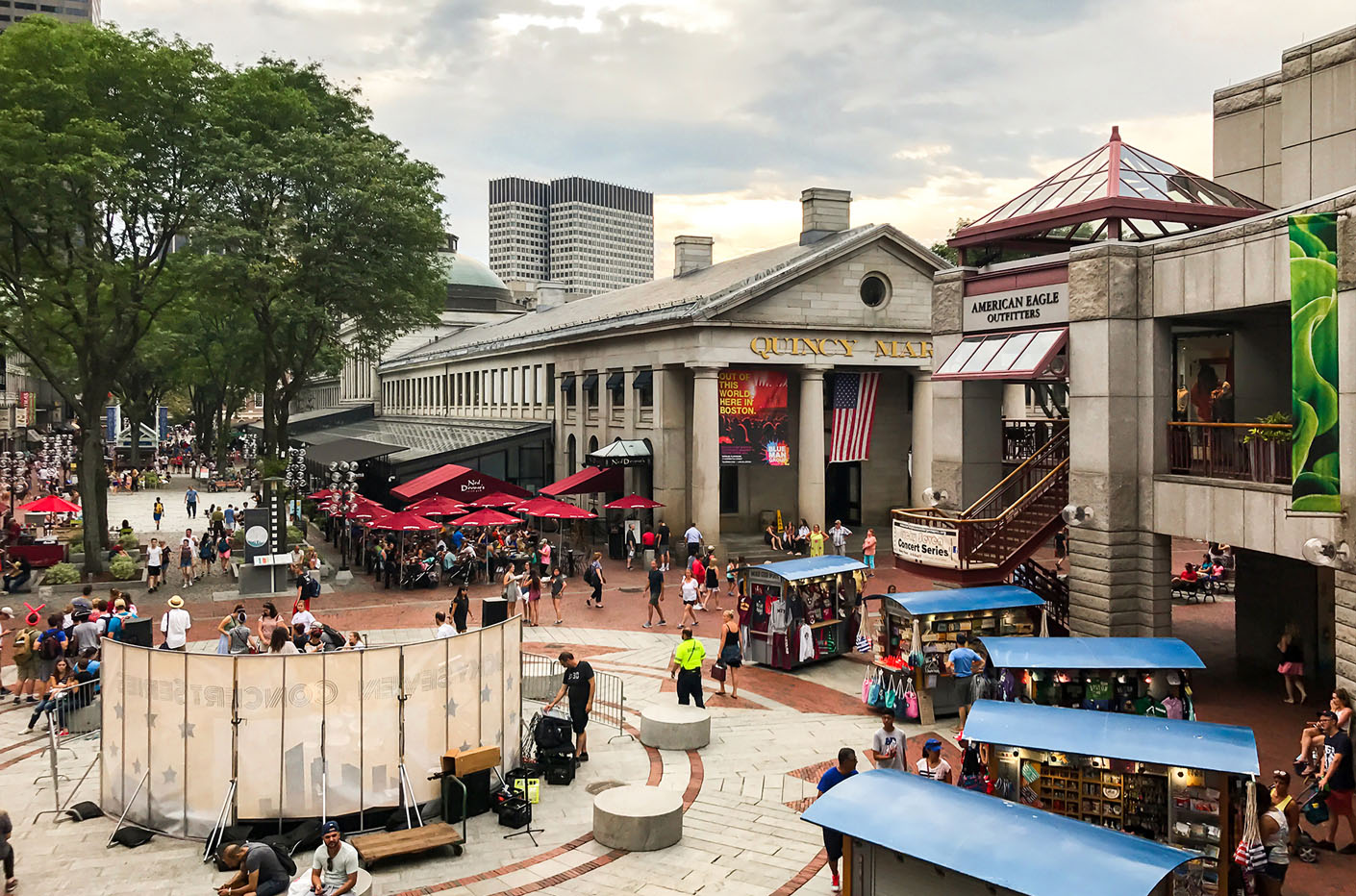
Today, Faneuil Hall Marketplace, which won the Twenty-five Year AIA Award and stands as a U.S. National Landmark, is often described as “the home of free speech.” We celebrate the anniversary of its iconic, grand reopening with great appreciation for the design lessons it provided – and we wish it a glorious 43rd re-birthday.